WilTec 92722 Suction Hose - is an extremely flexible and light hose made of soft PVC reinforced with an impact-resistant hard PVC spiral. Thanks to these properties, it can be used for water circuits connected to submersible and pond pumps in horticulture. It is characterized by a wide temperature range from -10 to +65 °C and high resistance to deformation and twisting. The hose is available in various diameters, which allows you to choose the right size for your specific application.
WilTec 92722 Suction Hose - is an extremely flexible and light hose made of soft PVC reinforced with an impact-resistant hard PVC spiral. Thanks to these properties, it can be used for water circuits connected to submersible and pond pumps in horticulture. It is characterized by a wide temperature range from -10 to +65 °C and high resistance to deformation and twisting. The hose is available in various diameters, which allows you to choose the right size for your specific application.





-
 1
1
-
 2
2
-
 3
3
-
 4
4
-
 5
5
WilTec 92722 Suction Hose - is an extremely flexible and light hose made of soft PVC reinforced with an impact-resistant hard PVC spiral. Thanks to these properties, it can be used for water circuits connected to submersible and pond pumps in horticulture. It is characterized by a wide temperature range from -10 to +65 °C and high resistance to deformation and twisting. The hose is available in various diameters, which allows you to choose the right size for your specific application.
Ask a question and I''ll find the answer in the document
Finding information in a document is now easier with AI
Related papers
-
WilTec 30155 User manual
-
WilTec 51722 User manual
-
WilTec 51266 User manual
-
WilTec 63122 Ash Vacuum Cleaner 20 User manual
-
WilTec 92731 User manual
-
WilTec 50797 Motorcycle Mini-Lift User manual
-
WilTec NEO 2800 SuperEco Fish Pond Pump Submersible Pumps User manual
-
WilTec 62604 User manual
-
WilTec 51554 User manual
-
WilTec 51986 User manual
Other documents
-
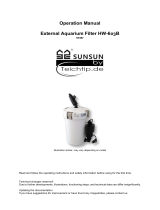 SunSun HW-603B User manual
SunSun HW-603B User manual
-
SunSun CFF-206 User manual
-
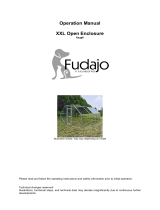 Fudajo 62396 User manual
Fudajo 62396 User manual
-
SunSun 51649 Hang-on Aquarium Filter User manual
-
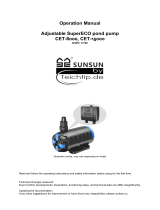 SunSun CET-8000 User manual
SunSun CET-8000 User manual
-
SunSun SPP150E User manual
-
Teichtip CBF-350 User manual
-
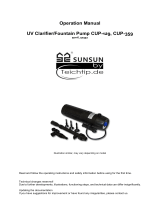 SunSun CUP-129 UV Clarifier-Fountain Pump User manual
SunSun CUP-129 UV Clarifier-Fountain Pump User manual
-
SunSun HW-302-304 External Aquarium Filter User manual
-
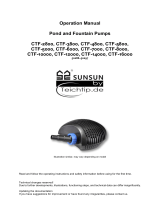 AQUARISTIKWELT24 CTF-16000 User manual
AQUARISTIKWELT24 CTF-16000 User manual









